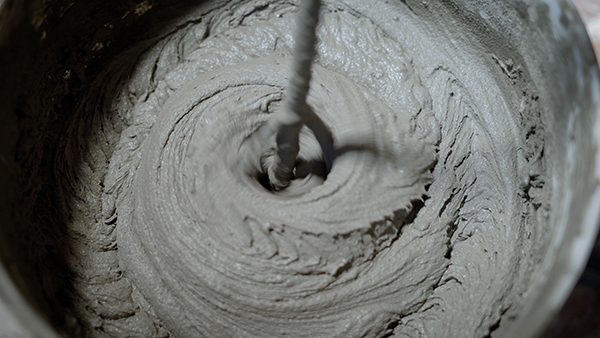QUESTION:
I am looking for assistance finding an non pigmented unsanded grout for Riad hand made concrete tiles. I installed the tiles without any problems according to the manufacturers instructions, sealed them with the recommended sealer and when grouting they stained. The manufacturer is vague about grout color, further research says non pigment and unsanded grout. Where could I find this and who would be the manufacturer of it? Please see attached information on the tiles. I have already removed the floor and am starting over as the tiles could not be cleaned to meet the customers satisfaction.
ANSWER:
Grout as defined in ANSI A108.10 is a mixture of sand and cement in different ratios.
For on the job mixture:
• Grout joints up to 1/8” would be one part Portland cement to one part fine graded sand.
• Grout joints from 1/8” to 1/2” one part Portland cement ,two parts sand
In the tile manufacturers instructions it list exceptable grout manufacturers.
I spoke with those companies listed and two other technical support team they do not offer a non pigmented grout for joints under 1/8”. One company offer one for grout joints 1/8” or larger. Most explained that there grouts contain pigment in order to promote color consistency.
When using non pigmented grouts we are limited to the colors of cement available which are gray and white. The wide variety of grout colors offered by setting manufacturers is due to the addition of pigments to the grout. Concrete tiles are very porous in nature; as the tiles draw in moisture from the grout the pigment can be pulled in as well. Sealing and or saturating the tiles prior to grouting could elevate it this effect. If your grouting tile that has the potential to stain it is always good to test the grout on an uninstalled piece to see how it will react. Or create a mock up to experiment with different techniques to see what works best.
Always reach out to the manufacturer of the tile first. If you do not receive good answers proceed slowly and with caution.








